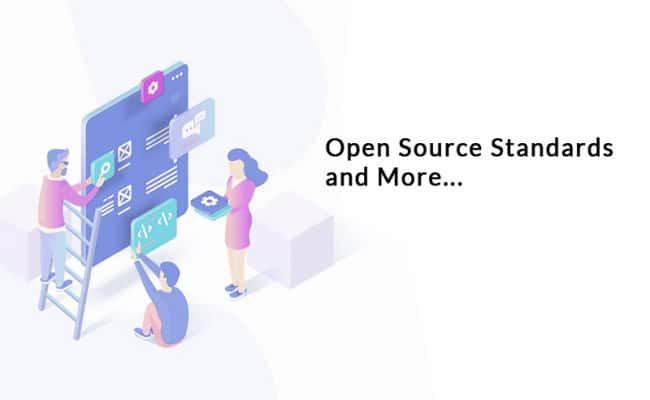I READ Nah Soo Hoe’s article, Defending OSS (see In.Tech, Oct 11), with great interest and would like to offer a more accurate view of open-source software and open standards to our local ICT community.
It is rather unfortunate that many tend to equate open-source software with open standards because doing so implies that commercial or proprietary software does not support open standards (which is highly inaccurate looking at today’s commercial software offerings).
According to Nah, one of the reasons the Malaysian Government has a preference policy towards open-source software is to realise the benefits of open specifications and standards. While I applaud the Government’s objective to procure software and systems which are interoperable via open standards, it does not mean that this should directly translate towards a procurement policy favouring open-source software.
How Are Open Source Standards Established?
One has to look at how open standards are established in today’s computing environment to understand the mistake in equating open-source software with open standards.
There are a few standards organisations, such as W3C, ISO, IETF, and Oasis, which drive standards and specifications in today’s computing world and there is a well documented structured process in shaping new standards (e.g. RFC 2026 – the Internet Standards Process).
RFC 2026 documents the process used by the Internet community for the standardisation of protocols and procedures. It defines the stages in the standardisation process, the requirements for moving a document between stages and the types of documents used during this process. It also addresses the intellectual property rights and copyright issues associated with the standards process.
What is increasingly happening is that by default consumers are demanding that software be interoperable in a secure, reliable and standard manner, so that they get the best value for their investments and have the flexibility of adapting to change which is increasingly more prevalent in today’s demanding business environment.
As such, technology companies such as IBM, Microsoft, Oracle, Sun, BEA, TIBCO, SAP, etc, have their commercial/proprietary software products which have broad support for today’s open standards, such as XML, Web Services, HTML, and SOAP out of the box.
Ironically, it is these technology companies which are the most active in the standards community, in coming out with drafts, specifications and going through the standards process of bringing specifications to become standards to benefit the ICT community and businesses as a whole.
A good example will be WSDL (Web Services Description Language; www.w3.org/TR/wsdl) which is one of the core specifications for Web Services, and if you look at the history of how WSDL became the standard as we know it today, it was Microsoft, IBM and Ariba – and not the open-source development community – that were the main contributors to this specification.
It is the same case for the rest of the Web Service WS-* specifications, some of which are now standards while others are still undergoing the standards process. If you look at members and contributors to standards organisations such as Oasis and Web Services Interoperability Organisation (WS-I), you’ll see the “usual suspects” again, and not the OSS developer community.
In summary, we tend to give commercial software companies much less credit than is due to them. It is the healthy competition and natural survival instincts which keep them innovating to deliver value to us as consumers.
My view on procurement policies is always buy what makes sense and brings value to you as a consumer. Economics will dictate at the end which technology, product or software is superior and reward the efforts which brought the technology or solution to us.
Featured at https://www.w3.org/Press/Articles/2005




